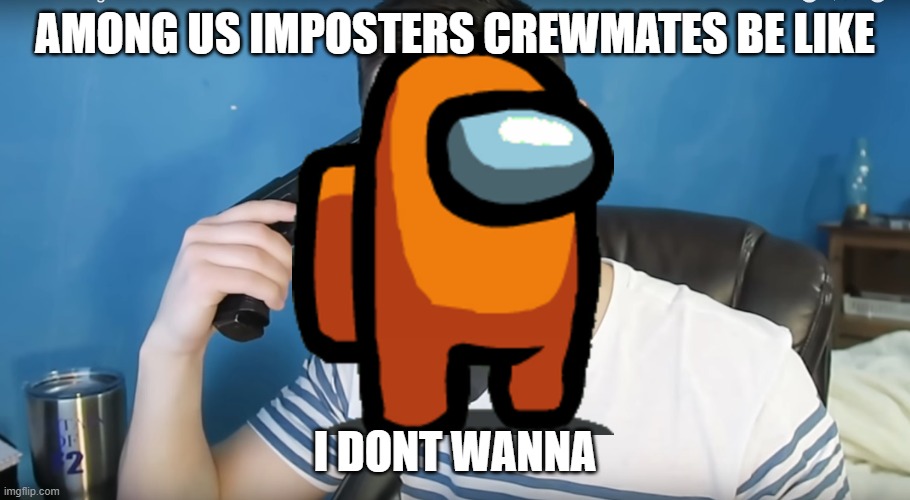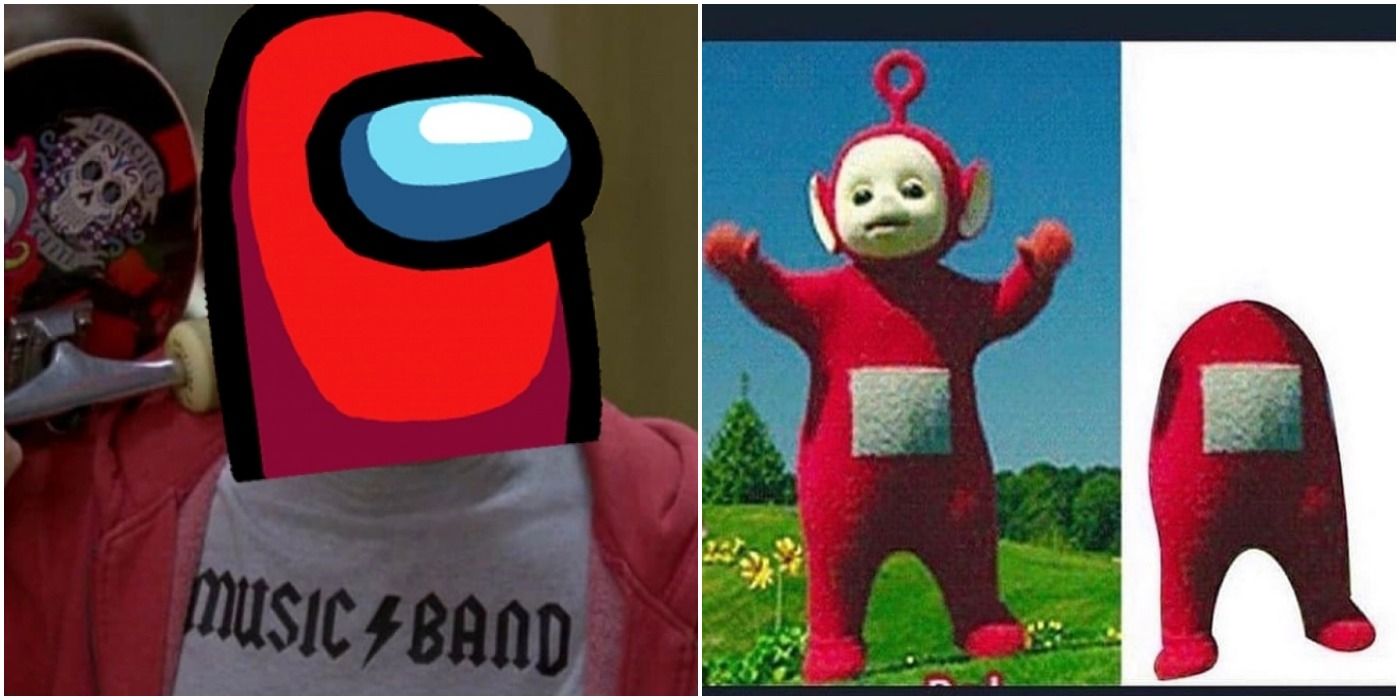

We laugh at these complete non-sequiturs, these images of random real-life objects with captions about losing your mind because they are an honest admission of what post-modern life is doing to our brains.

Video streaming and gaming are our leisure activities, messaging services and social media facilitate communication, schoolwork is done on Blackboard and Google Docs and the pandemic has forced even more in-person meetings to take place on Zoom instead. This latest iteration of the meme is all too fitting for our modern condition of always being hooked up to the internet.Īlmost every waking hour is spent staring at a screen now. I, too, am a bearer of the curse, recognizing every object that vaguely resembles the little spacemen as I go about my daily life. On the off-chance that these images have a caption at all, they say things such as “the Great Curse of Knowledge” or “Get Out Of My Head.” These pictures of public trash cans, building fire alarms and Teletubbies without the top halves of their bodies gain thousands of interactions - almost completely without context. In January, it devolved into an even more simplistic drawing of the game captioned with the intentional misspelling “Amogus.”īy February, all of this constant Among Us iconography culminated in a new meme where people simply posted pictures of objects that vaguely resemble the Among Us crewmate design. “Among Drip” was a meme from December in which a 3D rendering of Among Us characters wearing expensive sneakers was edited into every context imaginable. In the coming months, more memes continued to use the game’s iconic bean-shaped astronauts for increasingly abstract jokes. The meme “When the imposter is sus!” gained traction in November as a parody of earnest memes about the game, juxtaposing its jargon with surreal or unnerving images to deconstruct the saturation of Among Us content across the internet. Sincere enjoyment withered away, and people inserted ironic distance between themselves and the game instead. However, Among Us somehow refused to leave our internet culture even as its popularity began to level out. The first memes surrounding the game were completely earnest expressions of players’ frustrations: being dubbed “sus” - suspicious - by teammates without evidence, novices making it painfully obvious they are impostors and so on. Many of my favorite creators uploaded videos of themselves playing Among Us, and I played quite a few rounds with my peers in the Boston University Gaming Club.

In those months, almost everyone was playing it. It’s difficult to pin down the peak of Among Us’s popularity, but judging by personal experience and the dates on various articles, its zenith seems to have been around September and October of last year. The suspense and mystery of the game made it addictive to watch, and downloads skyrocketed. The only way to rid the ship of impostors is to vote out the most questionable players democratically. Some are secretly “impostors” who attempt to sabotage the mission by killing their crewmates, but players cannot see each other’s roles. Each of the approximately 10 players in a game controls a cartoon astronaut working on a huge, labyrinthine space station and completing tasks across the ship. The premise of Among Us is relatively simple. The game exploded from there, becoming a cultural phenomenon and reliable source of content for many of YouTube, Twitch and TikTok’s most popular users. It did not see mainstream popularity until livestreamers picked it up in July of last year. Instead of being an instant success, Among Us stayed culturally dormant for years after its 2018 release. Compared to its fellow, overwhelmingly-successful video games, Among Us followed a somewhat unusual trajectory.


 0 kommentar(er)
0 kommentar(er)
